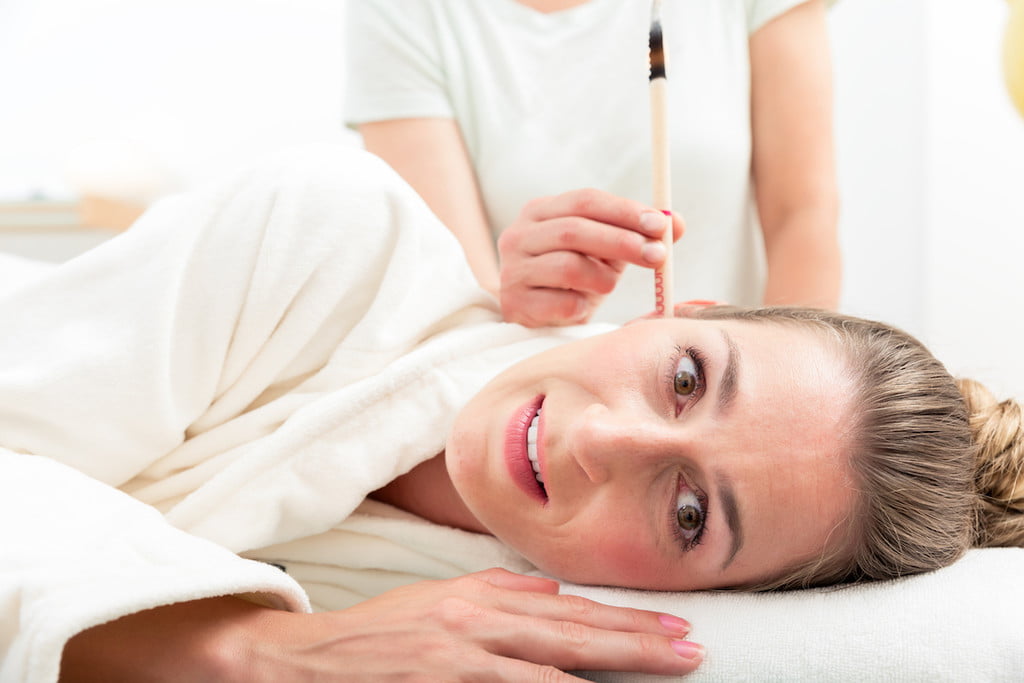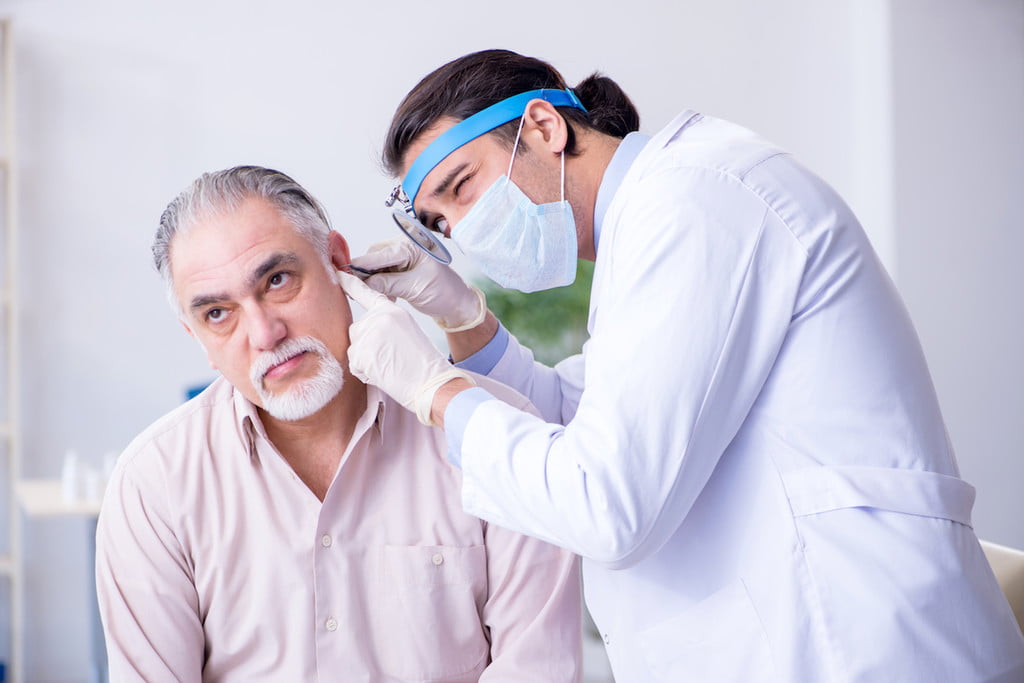You may have heard about ear candling as a way to remove ear wax, bacteria, and other debris from the ear canal. It’s also been used by some alternative medicine specialist for treating sinus infections, improving hearing, relieving sore throats, and treating colds and viruses. Candling ears is considered by some to be a professional way to clean ears, and it’s also often done using at-home kits sold online. But before you try cleaning your ears with this method, there are some things you should know.

The experts weigh in
Ear candling is a method that involves placing a lit, hollow, cone-shaped candle into the ear canal. It’s been used as an alternative to inserting cotton swabs into your ears, something medical experts do not recommend as a way to clean your ears. In fact, most agree that your ears are self-cleaning, which means they don’t need any help from you to clean.
According to the Mayo Clinic, ear candling can cause serious injury, including “deposits of candle wax in the ear canal, burns to the face, hair, scalp, ear canal, eardrum, and middle ear,” and may even puncture the eardrum.
The American Academy of Audiology agrees, writing, “There is no scientific evidence that ear candling pulls out debris from the ear canal. Scientific measurements of the ear canals before and after candling show no reduction in earwax.” In fact, the AAA found that researchers found an increase in ear wax as a result of the wax deposited by the candles.
If you still want to give ear candling a shot, it should always be performed by an herbalist, massage therapist, beauty salon specialist, or other professional. You should never try it on yourself, even if you know how to use an ear candle.

How to know if you have an earwax impaction
Many people never need to clean their ears, but if wax has built up in your ears and is affecting your hearing or causing you pain, it may be impacted. According to Healthline, if you have an impaction, you may experience some or all of these symptoms:
- Aching in the ear
- Fullness or ringing in the ear
- Impaired hearing
- A foul-smelling odor
- Dizziness
- A cough
Ear wax impactions occur more often to people who wear hearing aids or earplugs regularly. There are ways to safely remove ear wax at home, but the experts’ general consensus is to always let the professionals handle it.

Ear wax removal 101
If you’ve determined that you must remove the ear wax yourself, there are several methods that are relatively quick and painless.
Do-it-yourself (DIY) options
If you’re set on doing this yourself, exercise a lot of caution. Most pharmacies sell over-the-counter ear drops that allow you to soften earwax before you clean your ears at home. The drops will likely contain mineral oil, baby oil, glycerin, peroxide, or saline. Read the instructions thoroughly and place the specified number of drops into your ear. Typically, you’ll wait 30 seconds to one minute and then tip your head to one side and gently clean what comes out with a damp cloth.
You can also find wireless ear scopes on Amazon that provide a 360-degree, wide-angle, professional-grade lens, so you can see what you’re doing when removing earwax, making the process much easier. This one by Bebird
Go to a professional
The safest way to remove wax buildup from your ears is to visit your doctor. Doctors have special instruments like cerumen spoons, forceps, and suctioning devices that can safely remove earwax buildup. This will lessen the chances of any damage to your inner ear. Many doctors also offer professional irrigation, which involves inserting liquid into the ear to flush the wax out.
Professionals have advanced training and know what to watch out for, making them better equipped for the job. They can also see what they are doing better than you can when attempting to do it yourself simply because of their angle. These are your ears and your hearing. You want to make sure you protect them at all costs.
Ear candling has been around for decades and many people swear by them to clean their inner ears using this method. However, if there is any chance of something going wrong or damage being caused to your inner ear, it’s simply not worth the risk. When in doubt, reach out to your doctor and ask for their recommendation. It’s always better to be safe than sorry.



